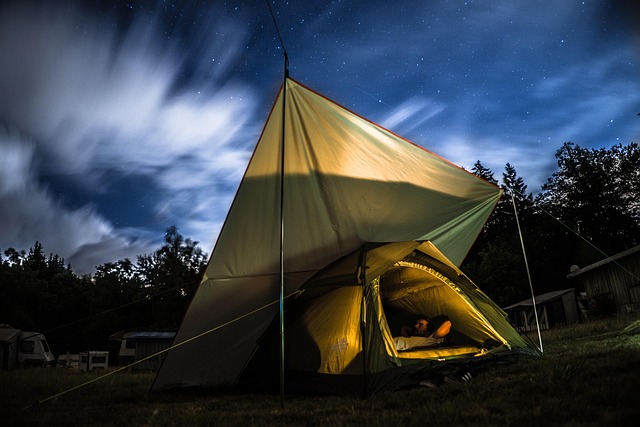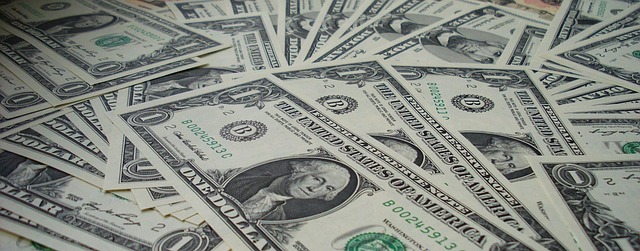With pollution on the rise, you’re exposed to soot, smoke and airborne particles, especially in urban environments or during wildfire season. These pollutants cling to your skin and hair, clog your pores, and can seriously impact your skin’s health. Whether you’re a daily shaver or someone who proudly rocks a full beard, your grooming routine needs to work overtime to counteract the effects of environmental grime.
Why Pollution is a Problem for Your Skin
The air contains far more than just oxygen. It’s filled with fine particulate matter from traffic, smoke from fires, dust from construction and chemicals from industrial activity. These microscopic particles land on your skin and facial hair and settle into pores where they mix with sweat and oil. Over time, this buildup can lead to breakouts, dryness, uneven skin tone and increased sensitivity.
It’s not just outdoor air that poses a risk. While a cozy fire can be relaxing, a poorly maintained wood-burning fireplace builds up creosote after repeated uses, resulting in black soot being left in your living space. Similarly, cooking on a gas stove without proper ventilation releases smoke and nitrogen dioxide. These fine particles can remain trapped in the air, building up over time before settling onto your face and silently wreaking havoc on your skin.
Men’s skin tends to be thicker than women’s. While this offers some protection, it also means pollutants can get trapped more easily. If you live in a city or spend time outdoors, these particles constantly build up on your face.
The Importance of a Consistent Cleansing Routine
Pollution is a constant problem, so your skincare needs to keep up. Cleansing your face thoroughly prevents buildup and irritation, especially before shaving. The best method involves cleansing twice — once to break down oil, sunscreen and smoke residue, and again to rinse everything away.
Even if you don’t use skincare products, you must still wash the grime from the day off. Skipping this step means shaving over dirt and pollutants, increasing the chance of cuts, razor bumps and irritation.
Shaving after a warm shower is a smart move. The steam helps open your pores and soften your facial hair, making for a smoother shave. It also loosens any particles trapped in your beard or on the surface of your skin so they’re easier to remove.
Traditional Shaving vs. Electric Grooming
Electric grooming tools have become a go-to for many men. They’re fast, require less setup and can be used on the go. However, if you’re concerned about the impact of soot, smoke and environmental pollutants on your skin, traditional shaving is the way to go.
Electric razors are a bit harsher on your skin than other options. They trim hair above the skin but don’t engage with the deeper layers where pollutants collect. These tools also don’t exfoliate, so any grime, sweat and microscopic debris that’s settled into your pores stays where it is. This increases your risk of breakouts and irritation, but can also dull your complexion over time. You may be clean-shaven, but your skin isn’t actually clean.
Traditional wet shaving provides a much more thorough process for grooming and skin health. When you use a safety razor, straight razor, or even a quality cartridge razor with shaving cream and a brush, you lift dirt, oil and dead skin cells off the surface. This lather is a buffer and lubricant that helps loosen and suspend impurities. Shaving manually exfoliates your skin, sweeping away pollutants before they cause inflammation.
Don’t Skip the Shaving Brush
A good shaving brush is a practical tool in the fight against debris and pollution. Working the lather into your skin with a brush helps lift hair away from the face and agitates the surface just enough to dislodge any fine particles that may be stuck in your pores. It also helps work your shaving cream into your stubble. The result is a cleaner, closer shave and healthier skin overall.
Blade Care Matters
When your skin is exposed to smoke or dust, you need to be extra mindful of the tools you use. A dull blade can drag debris across your skin, creating microtears that let in bacteria and pollutants. If you shave regularly in a polluted environment, you’ll need to replace your blades more often than someone shaving in clean air. Keep your razor clean and dry between uses and never let it sit wet on the bathroom counter, where it can collect bacteria and airborne grime.
Treat Your Skin Right After
Your skin is in its most vulnerable state right after shaving. You’ve exfoliated the outer layer, the pores are slightly open, and if you’ve been around soot or smoke, your skin is more prone to irritation. Rinse your face with cold water to reduce pore size and inflammation.
Using a high-quality aftershave balm helps restore moisture and protects the skin from further environmental stress. Avoid anything alcohol-based, which can dry you out even more. Instead, use a soothing product with anti-inflammatory and antioxidant ingredients to keep your skin resilient.
Fine particulate matter can lead to dryness, flakiness or increased oil production as your skin tries to compensate. If you notice your face feeling tight or greasy at the end of the day — even if you’re not sweating — it might be a sign that airborne particles are disrupting your skin’s balance. A lightweight moisturizer with humectants like hyaluronic acid or glycerin can help rehydrate without clogging your pores, making it a smart final step in any pollution-conscious grooming routine.
Grooming Beyond the Mirror
While air quality continues to decline, grooming is crucial. Every time you wash your face, lather your shaving cream or clean your beard, you clear away layers of environmental buildup that can age and irritate your skin.


